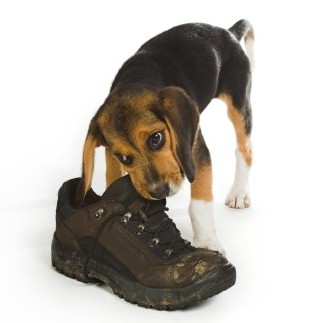Some Helpful Tips for Untrainable Dog Syndrome
Dogs whose behavior cause trouble to the owner, environment, as well as the dog, endanger health and safety have the so called “untrainable dog syndrome”. It is important to note that there is a difference between teaching the dog certain behavior and solving problematic manners.
Troubling behavior may occur as a result of the emotional state of the dog, high stress levels, unfavorable effect of the environment where the dog resides, training the dog with the use of force, pain or any other health disorder. Untrainable dog syndrome requires full attention and individual approach of the both dog owner and the dog.
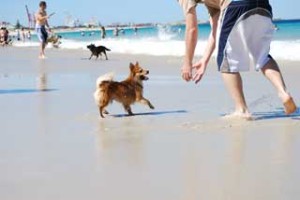
Professional help in solving the problematic manners is intended for owners whose dogs exhibit behaviors such as aggressiveness, fright, sensitivity to stimuli, frequent barking, destructive behavior, going to bathroom indoors, hyperactivity, excitement and euphoria tendency, frequent licking or biting of body parts, running after everything that moves such as cyclists and joggers. This sort of behavior may cause you to lose your temper, start acting toughly and have less patience than usually, so a few tips may help you and your dog see eye to eye.
Monitor your dog; keep a diary of his behavior, the way he acts in certain situations. Try isolating the one thing that bothers you the most and see if you can recall the cause and the time it started. Maybe it was something that has developed gradually over time.
Just like with your dog, keep a diary of your behavior for a week. Write down how you react when your dog acts problematically, whether you scream at him or you do nothing at all as you think nothing can be done. Do you ever lock him up somewhere as a punishment? Do you allow your feelings to take over? If you punish him or yell you will only frighten the dog and destroy the bond between you, but on the other side if you do nothing you encourage his behavior.
After you realize what bothers you the most and learn how to react you can make some changes.
Start by acting differently. Stop his bad behavior immediately; you might put him on the leash even if he is inside the house, and keep him close to monitor him.
Shouting and screaming never works, so go to him and speak peacefully, lovingly and quietly, tell him things will improve for both of you very soon. Hug him, make him calm down.
Try these tricks for a week and see if things change. Ask yourself whether the unwanted behavior manifests as often as before and to what extent? Is it as grave as it used to be and how does it affect you, are you still as upset as you were a week ago? Also keep an eye out for the things that have improved – your relationship and his behavior.
Remember that untrainable dog syndrome grows over time so the correction won’t be easy and quick, but if you change your ways the dog will as well. Just have enough patience and be determined.

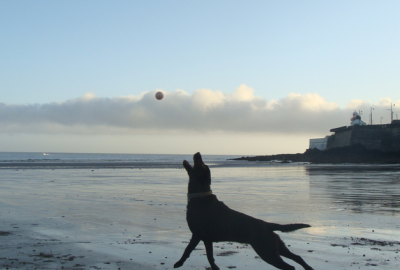
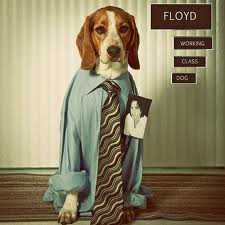
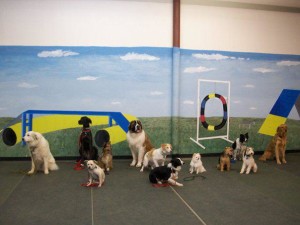
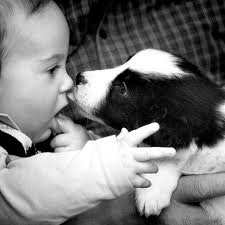
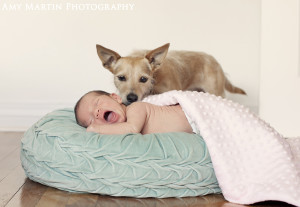
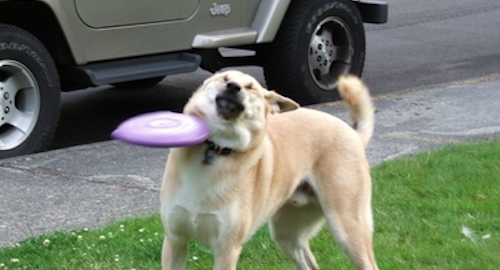
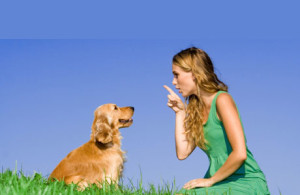 Start small. Just because you see a dog on TV do a trick doesn’t mean you can expect your dog to know it or learn it in a day. Be patient, start with some simple commands and then work toward the more complicated ones. And be realistic of your dog’s abilities.
Start small. Just because you see a dog on TV do a trick doesn’t mean you can expect your dog to know it or learn it in a day. Be patient, start with some simple commands and then work toward the more complicated ones. And be realistic of your dog’s abilities.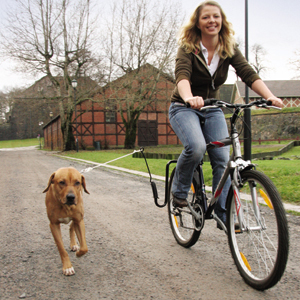
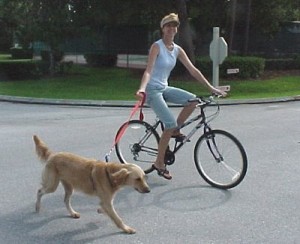 Before starting the training program it is recommended to visit a vet for consultation because not every
Before starting the training program it is recommended to visit a vet for consultation because not every 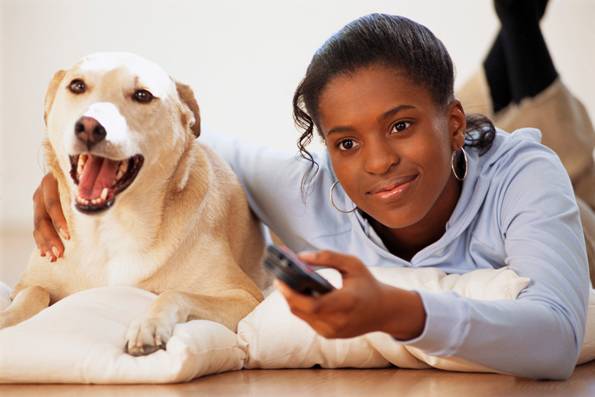
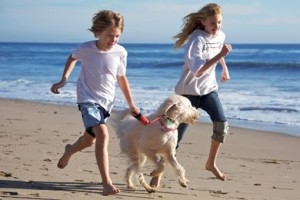
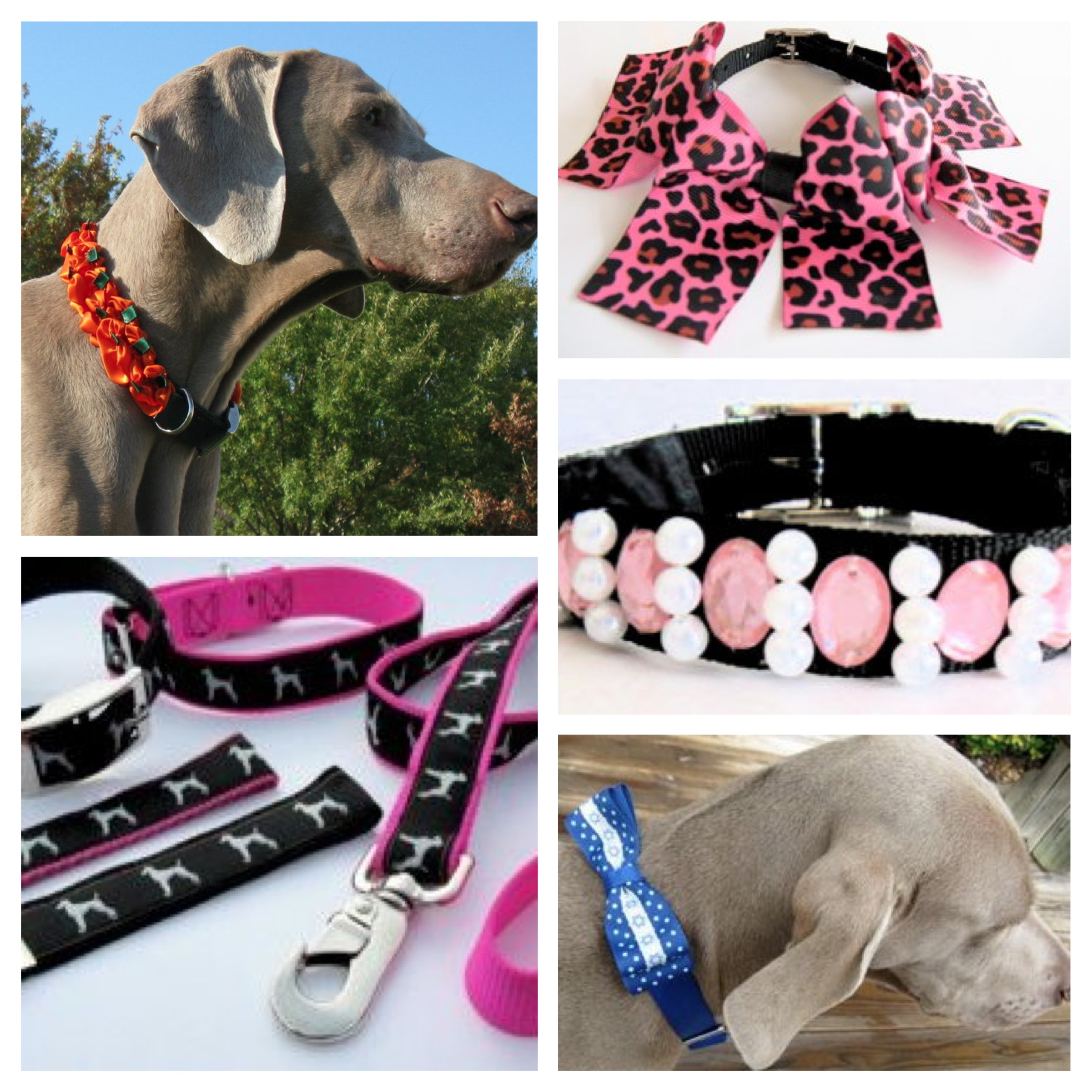
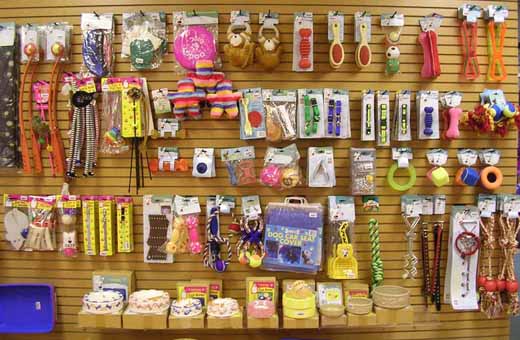
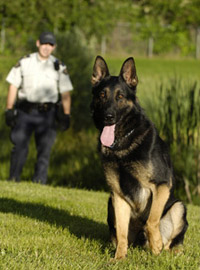
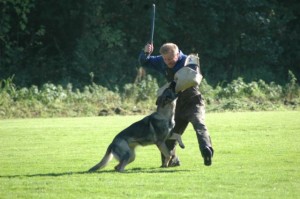

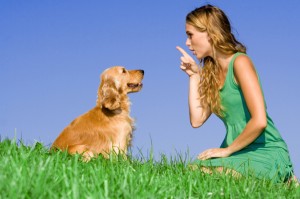 Except the cat people, everyone will agree to the fact that dog is man’s best friend. Wonder if the dogs think the same? Many proud owners of the dogs just don’t treat their pets the way they should. Here are ten training tips that will help you discipline your dog and resolve everyday problems. Arm yourself with a lot of patience and don’t expect instant “dog whisperer” miracles. Learning how to communicate with your dog will help build better and stronger relationship with your pet. And if you are a single guy, your dog can help you get some girls.
Except the cat people, everyone will agree to the fact that dog is man’s best friend. Wonder if the dogs think the same? Many proud owners of the dogs just don’t treat their pets the way they should. Here are ten training tips that will help you discipline your dog and resolve everyday problems. Arm yourself with a lot of patience and don’t expect instant “dog whisperer” miracles. Learning how to communicate with your dog will help build better and stronger relationship with your pet. And if you are a single guy, your dog can help you get some girls. Finally we get to the freedom. Don’t let your dog roam around the house too. That could lead to many mischiefs like chewing on furniture. Shut the doors and use crates to minimize dog’s area. At the end of the day let your dog sleep in the same room as you but, of course, not in your bed.
Finally we get to the freedom. Don’t let your dog roam around the house too. That could lead to many mischiefs like chewing on furniture. Shut the doors and use crates to minimize dog’s area. At the end of the day let your dog sleep in the same room as you but, of course, not in your bed.